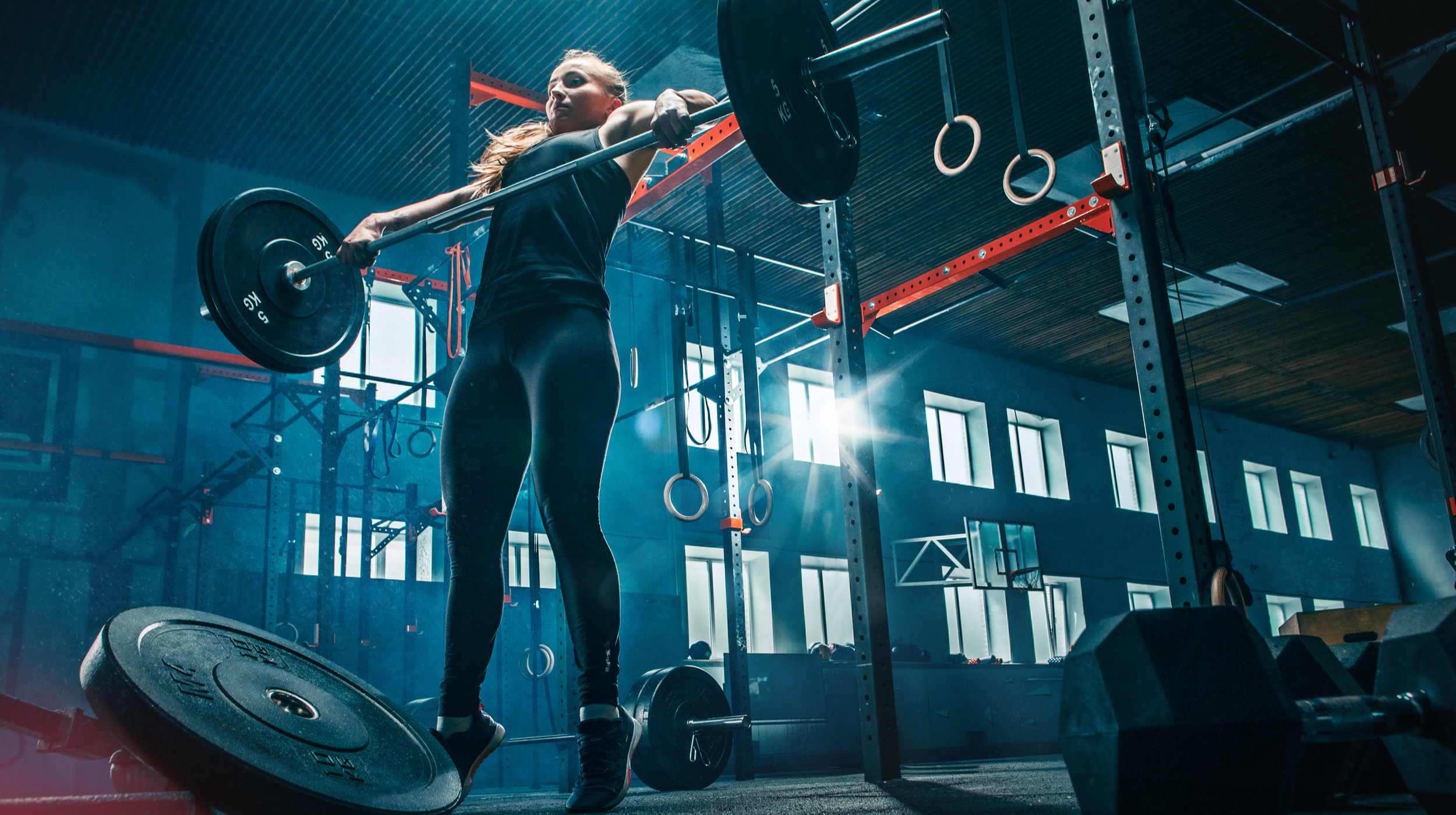It wasn’t that long ago that athletes were told to refrain from resistance training because it made them slower, more awkward and “muscle bound.” As silly as those beliefs sound today, it took a long time to dispel. These days, any sports that require any physical performance what so ever typically include some aspect of resistance training in their regimen. That being said, it’s important to understand that resistance training for athletes must be applied properly otherwise it can do the opposite of improve performance and may even contribute to injury. Below I list the top 4 considerations all athletes must take seriously when including resistance training in their programming.
Make Your Athletic Skill Your Priority
Every once in a while, I will get a message from a young athlete who will ask me to critique their weekly programming. Too often I am horrified to see some athletes putting more time into resistance training than they do in their chosen sport. This is just plain ineffective. Although building muscle and strength are great, if they aren’t coordinated to your skills, they are all but useless.
Let me paint a scenario for you; imagine you woke up tomorrow miraculously with an additional 20lbs of hard lean muscle on your body. Do you think you would be better or worse at your chosen sport? The correct answer is probably worse. This is not because muscle is bad, but rather because you understand how to move and perform in your current body and adding 20lbs of muscle overnight makes you uncoordinated.
Lifting weights does a great job of making you bigger and stronger and, although these have value in many sports, they still aren’t as important as skill. A 300lbs bodybuilder can’t throw a fastball faster than a high school pitcher or punch harder than a state boxing champion half their size. You should spend MOST of your time training in your chosen sport.
For most people this means at least 2/3 of your training time is practicing and training in your sport. Resistance training should play a supportive but not starring role.
Use Resistance Training for What its Best Used For
One of the biggest misconceptions surrounding resistance training and athletics is that the resistance training needs to FEEL like the sport itself. For example, if you are a Jiu jitsu guy, then you may believe that your resistance training workout should be endurance focused with high reps. This is false and ineffective.
Although training specificity is important (more on that later) you have to look at training modalities like tools in a tool box. You wouldn’t use yoga to build your strength, would you? Same is true for resistance training. Use it to get STRONGER in the ways that will benefit you most.
Be Specific
Resistance training is unique to other forms of exercise in that it is extremely customizable. There are thousands of exercises to choose from and many variations of each exercise designed to promote different results. If your sport requires lots of hip strength (like in football), then make sure to focus on building strength and muscle in the hips. If you need lots of explosive power (like in wrestling), then lift in an explosive fashion. If you need stability strength to prevent overuse injuries (like in long distance running) then train slowly and deliberately for stability. Finally train YOUR body specifically. You have your own weaknesses and strengths - make sure to train accordingly.
Don’t Overdo It
Lastly, don’t over apply intensity with resistance training. Save the crazy grueling workouts for your sport. As an athlete, you probably already walk a fine line between overdoing it and burning your body out and the right amount of intensity for maximum performance. If your sports training workouts are exhausting and they make you sore, adding 3 more days of weight training is a great way to hurt yourself at worst or lose performance at best. In my experience, most athletes do best training in their perspective sport 3-4 days a week and 1-2 days a week with resistance training.






